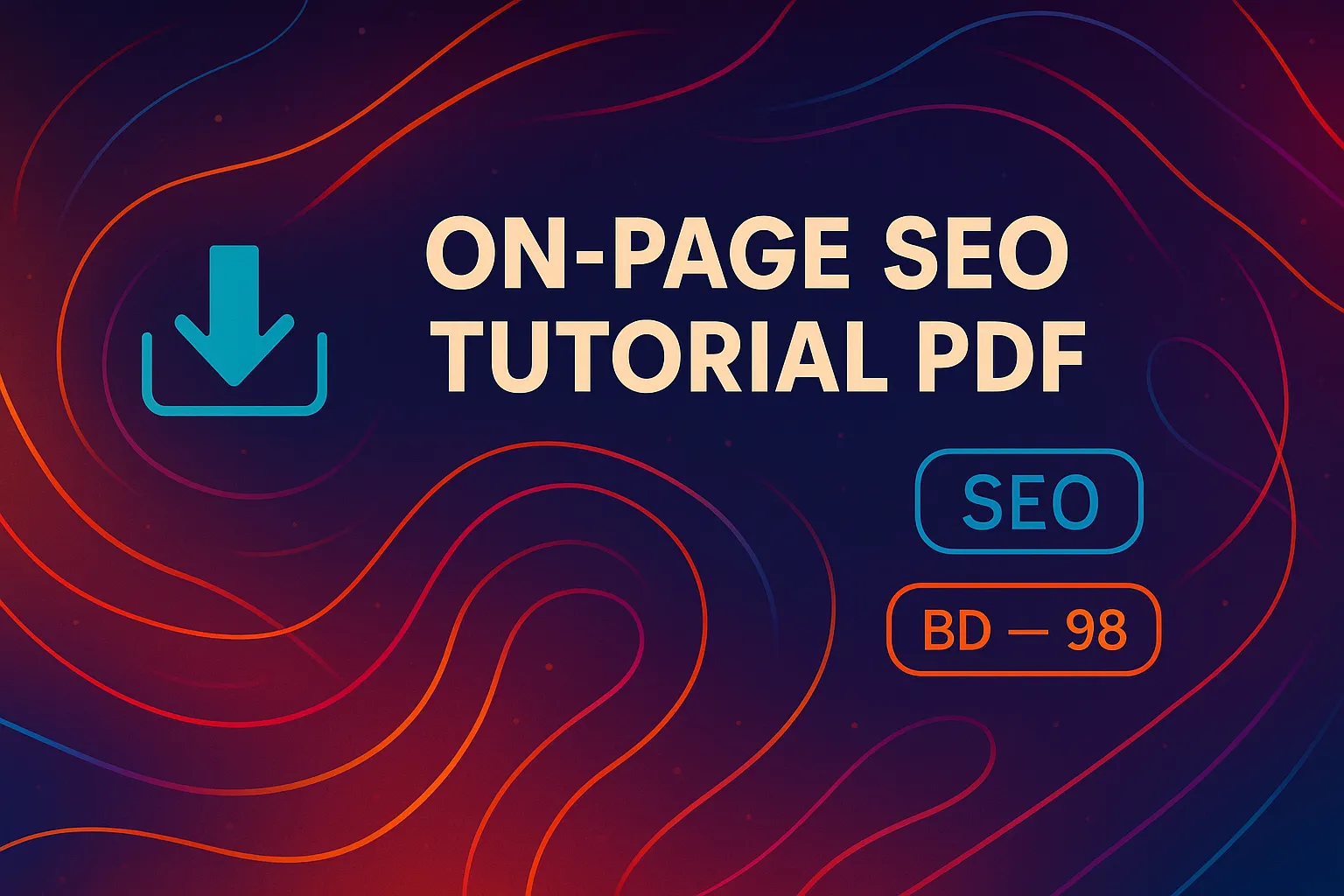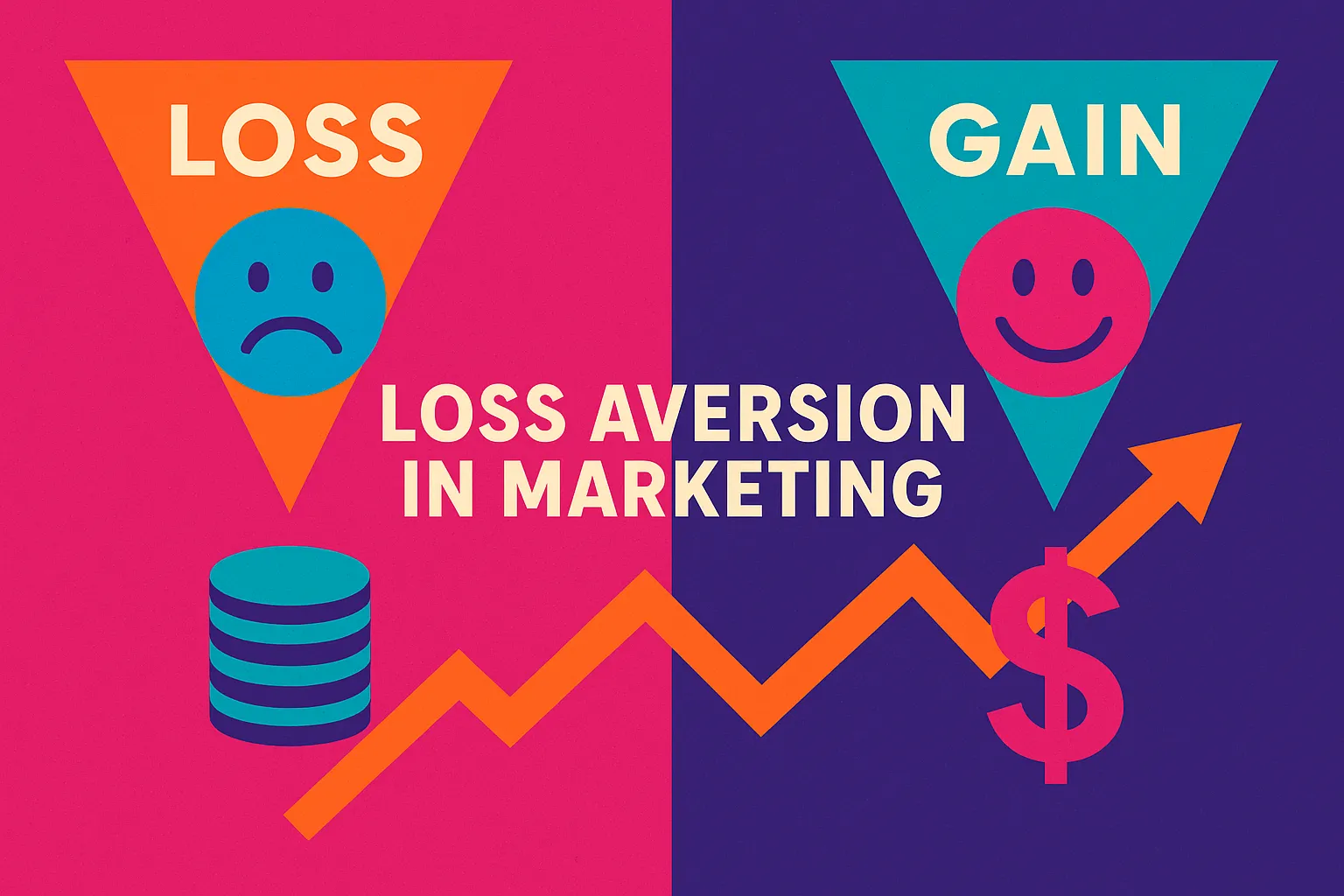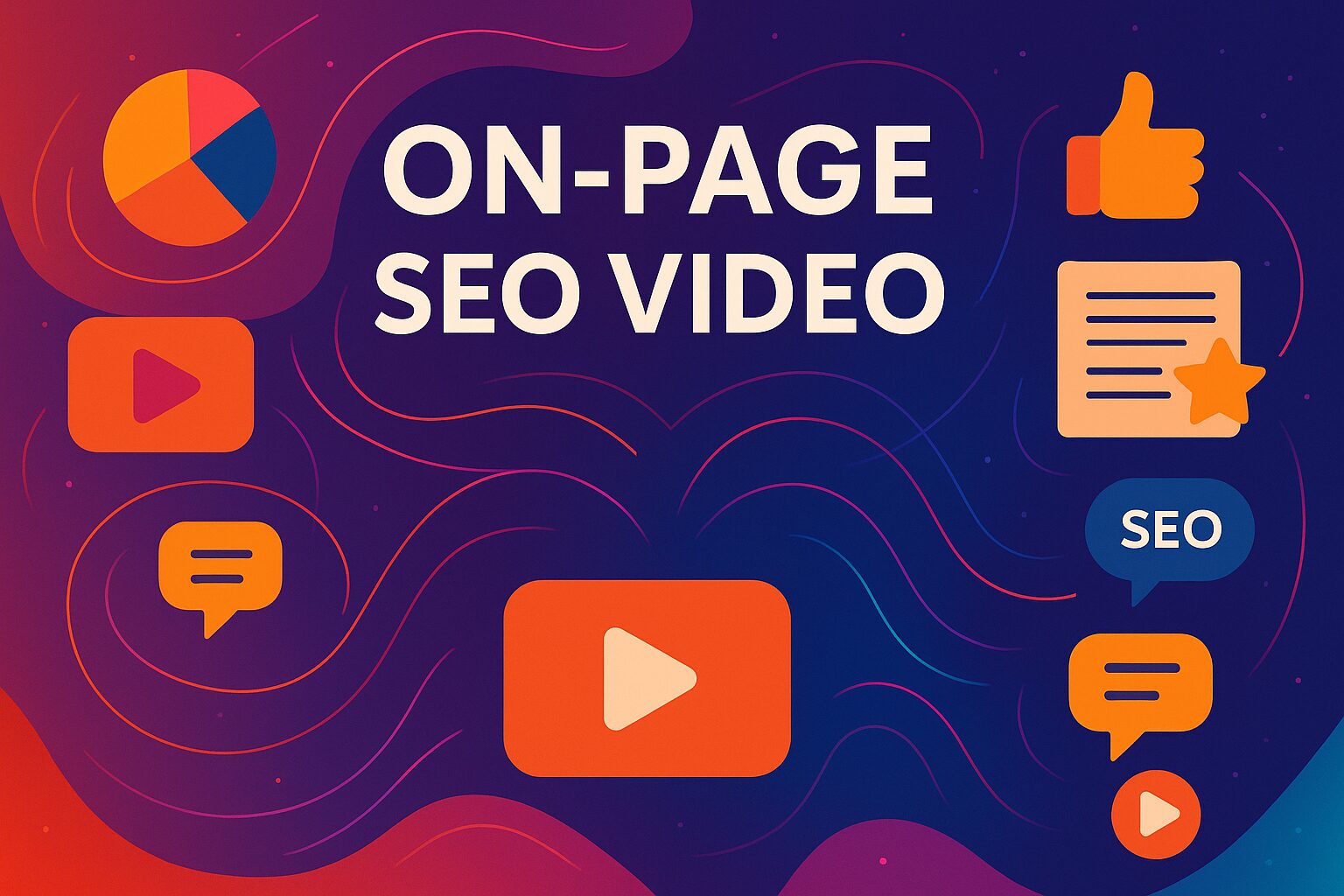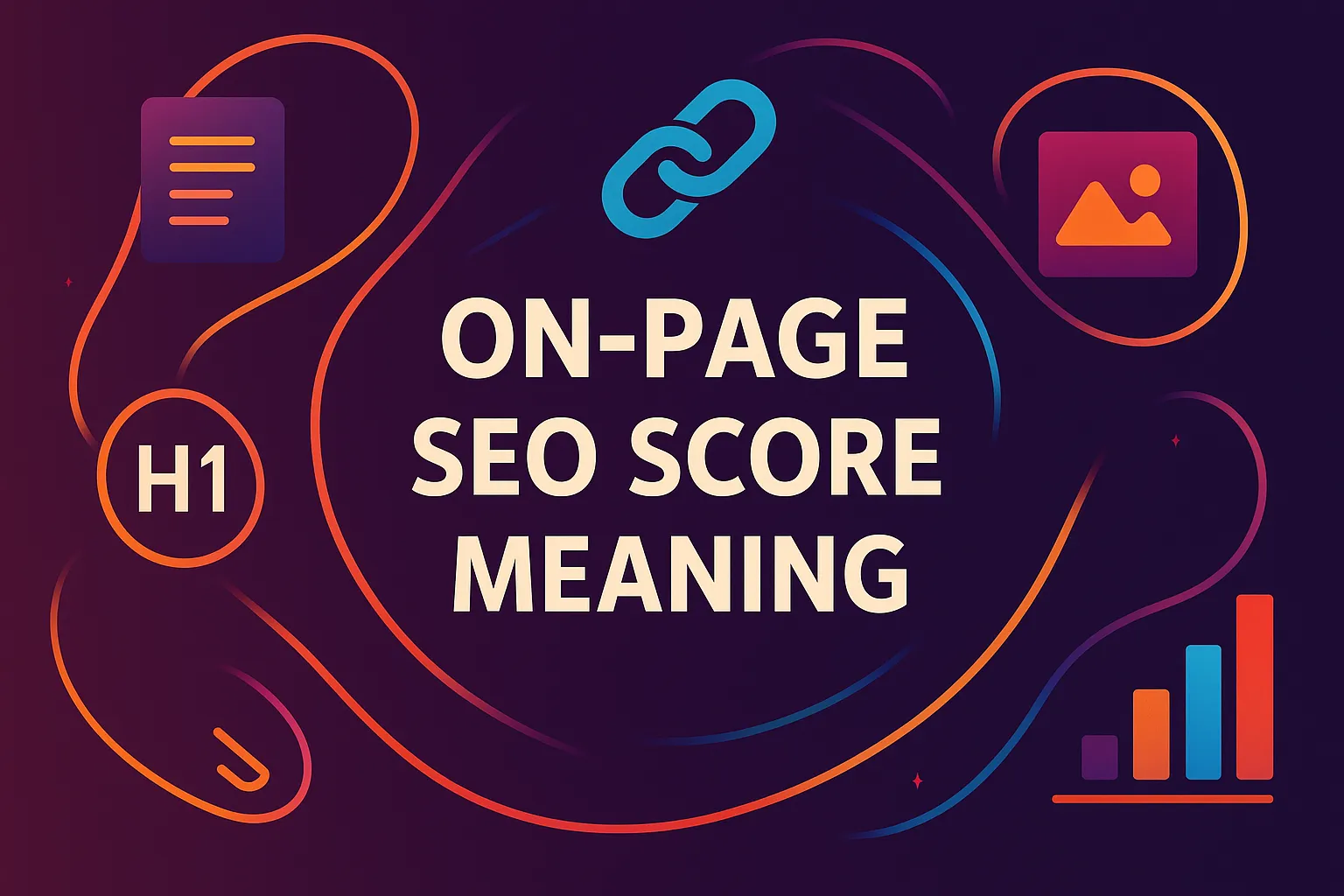What is “on page SEO tutorial PDF”?
The phrase “on page SEO tutorial PDF” refers to a downloadable, printable guide that walks you through how to properly optimize every single element on your web pages so they rank better on search engines like Google. From title tags to internal links, it’s a roadmap for digital marketers, small business owners, and content creators to follow so that your site is both user- and Google-friendly.
At Vibe Branding, we’ve used this exact type of guide to help clients boost their visibility, drive qualified traffic, and convert more users into customers.
TL;DR: What You’ll Learn in This On-Page SEO Tutorial PDF Blog Post
- What on-page SEO is and why it matters in 2025
- The must-have elements of an effective on-page SEO tutorial PDF
- How to optimize key components like titles, meta descriptions, headers, and content
- Tools I use every day for auditing pages and improving on-page performance
- Common SEO mistakes to avoid so you don’t get penalized by Google
- Step-by-step tips that even beginners can follow
- How to download a reliable, ready-to-use on page SEO tutorial PDF you can reference anytime
Why On-Page SEO Still Matters More Than Ever
I’ve been doing this for over 10 years, and I can tell you: on-page SEO is the foundation of all digital marketing success. Without it, everything else you try—ads, social media, backlinks—will fall flat.
Google’s algorithm updates might feel overwhelming, but one thing has stayed the same: Google rewards pages that clearly answer questions and provide a great user experience.
That’s why I created an on page SEO tutorial PDF that simplifies all this into steps even a beginner can follow. I remember optimizing one of our older client sites just by fixing their page structure, meta tags, and headings.
Within three months, they were outranking competitors with much bigger budgets. That’s the power of on-page SEO done right.
At its core, on-page SEO ensures your content is accessible, understandable, and relevant. You’re helping Google help your audience.
And when done correctly, it leads to higher rankings, more clicks, and more conversions. This is not a guessing game.
It’s a process with rules—and the good news? You can learn them.

What Every On-Page SEO Tutorial PDF Should Include
If you’re downloading any on page SEO tutorial PDF, you want to make sure it’s packed with the right information—not fluff. At Vibe Branding, we build ours to serve as a living document that you can actually use on real projects.
We start with definitions and checklists for things like meta tags, internal linking, image optimization, and keyword targeting. I include visual guides that show where these elements appear on a page, plus examples from successful campaigns we’ve run.
There’s a common problem with SEO PDFs out there: they assume too much. We write ours in plain English and break things down step by step.
We don’t just say “optimize your titles”—we show what a bad title looks like and how to fix it. We include a sample audit template, a scoring system, and even a printable checklist you can use before publishing a blog post.
Why? Because you shouldn’t need to be an SEO pro to improve your website. This is a tool made to empower, not confuse.
How I Optimize Titles, Meta Descriptions, Headers, and Content
Let’s talk real-life application. When I optimize a page, I always start with the title tag.
That’s the first thing both users and search engines see. It needs to have your main keyword up front, be between 50-60 characters, and invite curiosity.
For example, if my keyword is “on page SEO tutorial PDF,” my title might be: “Download Our Free On Page SEO Tutorial PDF to Boost Rankings.” Next comes the meta description.
It’s your page’s elevator pitch. You want it to be 110–120 characters, include a variation of your keyword, and clearly tell the reader what they’ll get.
Then I work through the headers (H1, H2, H3). Your H1 should contain the primary keyword. Your H2s should support it with subtopics.
Think of your headers like a book outline. Google scans them to understand the content hierarchy.
Content is where the magic happens. Use your main keyword in the first 100 words, but naturally.
Sprinkle in semantic keywords. Format your content with bullet points, bold text, and short paragraphs.
And always include internal links to other helpful resources. This makes your site easier to crawl and keeps users on longer, which signals to Google that your content is valuable.
My Favorite Tools for On-Page SEO Auditing
I never optimize blind. There are tools I use weekly that make this process easier, faster, and smarter.
The first is Google Search Console. This tool shows me which pages are underperforming, which keywords they show up for, and whether there are technical issues like mobile usability errors or indexing problems.
Then there’s Rank Math, a WordPress plugin that gives live on-page SEO feedback as I write. It highlights keyword usage, URL length, title and description structure, and even image alt tags.
For deeper analysis, I rely on Screaming Frog to crawl my site and show all the pages, tags, and broken links in one dashboard. Finally, PageSpeed Insights helps me optimize site speed, which is crucial for both SEO and user experience.
What makes these tools even better is how they work together. I might find an underperforming blog post in Search Console, tweak the title and content in WordPress using Rank Math, then re-check the page with Screaming Frog.
That’s real on-page SEO in action. And yes—these steps are all inside the on page SEO tutorial PDF you can download at the end of this post.

What Google Says About Keyword Placement and Content Structure
Google has been very clear in its guidelines: write for users first, then optimize for search. That said, keyword placement still matters.
The primary keyword—like “on page SEO tutorial PDF“—should appear in the title tag, meta description, URL slug, H1 tag, and ideally once in the first paragraph. But you don’t want to force it. Keyword stuffing is a fast track to lower rankings.
Instead, focus on structure. Use short, clear paragraphs.
Group related ideas under relevant H2s. Support content with visuals, quotes, stats, and links.
I often follow the inverted pyramid model, putting the most important content first, then expanding with supporting details. The biggest tip?
Make your page skimmable. Use formatting to guide the reader: bolded keywords, bulleted lists, clear CTAs.
When a reader feels comfortable, they stay longer. And that behavior is exactly what Google watches.
Structuring a Page for Both Humans and Search Engines
One thing I learned early in my career is that SEO is part science, part design. You have to optimize for machines and humans.
So when I build a page, I follow a formula: strong title, compelling intro, content grouped under clear headers, and CTAs placed in smart positions. For example, in a blog post, I start with a hook—a real-world example or stat.
Then I flow into an outline of what the reader can expect. I break the body into sections (like you’re reading now) and finish with a summary or action step.
Along the way, I include relevant images with alt text, short video clips when needed, and links to related content. Navigation matters too.
Make sure your internal links are useful. Don’t just link for the sake of SEO.
Link where a user would naturally want to know more. This not only helps your rankings—it makes your content way more enjoyable.
The Most Common Mistakes I See in On-Page SEO
I can’t count how many times I’ve opened a new client’s website and found the same errors. One of the biggest is missing or duplicate title tags. Every page should have a unique title.
Another issue? Meta descriptions that are either missing or written like spam ads.
People also ignore image optimization. I’ve seen beautiful websites with zero alt text on their images.
That’s a missed opportunity for both accessibility and rankings. Then there’s the problem of keyword stuffing.
If your blog post says the same phrase 25 times, Google notices—and not in a good way. Finally, many sites have poor internal linking.
They post great content but forget to connect it. This leaves both Google and your users stranded.
Fixing these issues is low-effort, high-reward. That’s why every section of our on page SEO tutorial PDF walks you through these mistakes and how to avoid them.

Who This Tutorial Is For and Why Beginners Will Love It
When we built this on page SEO tutorial PDF, we wanted it to work for everyone. Whether you’re a blogger, small business owner, digital marketer, or total beginner, you can use this as your go-to resource.
We didn’t load it with jargon or require any coding skills. Instead, we focused on real examples, templates, and step-by-step instructions. One of our first-time clients used this PDF to fix their product pages.
They had no SEO experience. After two weeks, their rankings for high-value keywords improved dramatically.
That’s why we kept it simple. We want you to actually apply what you learn—not just read it and feel overwhelmed.
We’ve even added a one-page checklist that you can print out and use for every new blog post or landing page. SEO doesn’t have to be complicated. It just has to be strategic.
Download the Official On Page SEO Tutorial PDF
To wrap this up, here’s the good news: you don’t have to take notes on everything I said. We’ve turned all of this into an organized, easy-to-read PDF that you can download and use anytime.
Our “on page SEO tutorial PDF” is completely free, updated for 2025, and tested by real businesses. It includes everything from keyword placement rules to on-page audit templates, beginner-friendly checklists, and advanced structuring tips that I use myself when optimizing client sites.
We built this resource to save you time, prevent costly mistakes, and deliver real results. You can grab your copy right here at Vibe Branding or from the link at the bottom of this article.
If you’ve made it this far, you now understand the true power of on-page SEO and how a single PDF can guide your strategy. This is more than just another download.
It’s a tool I wish I had when I first started—and now it’s yours. Let’s optimize smarter, together.





